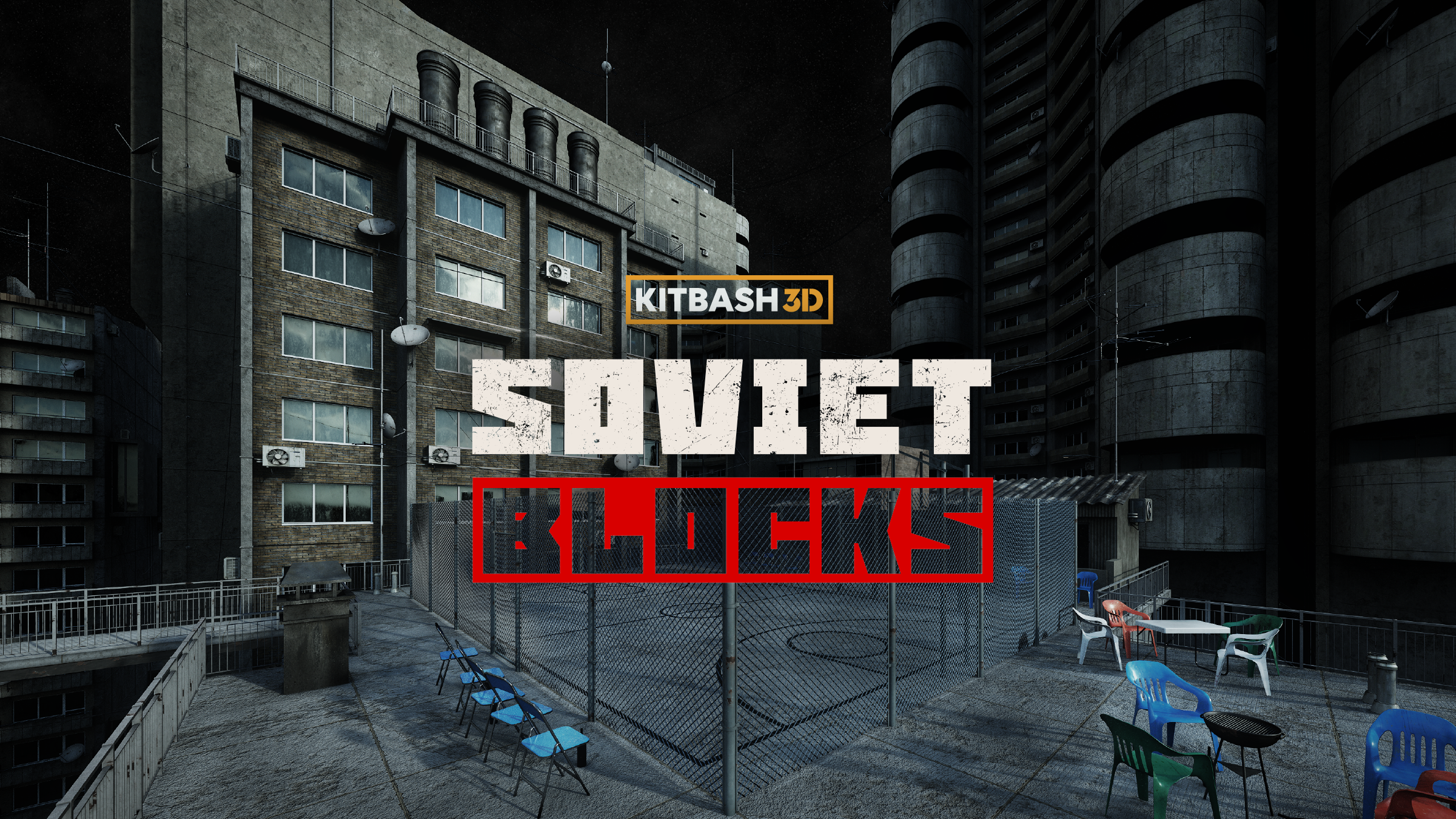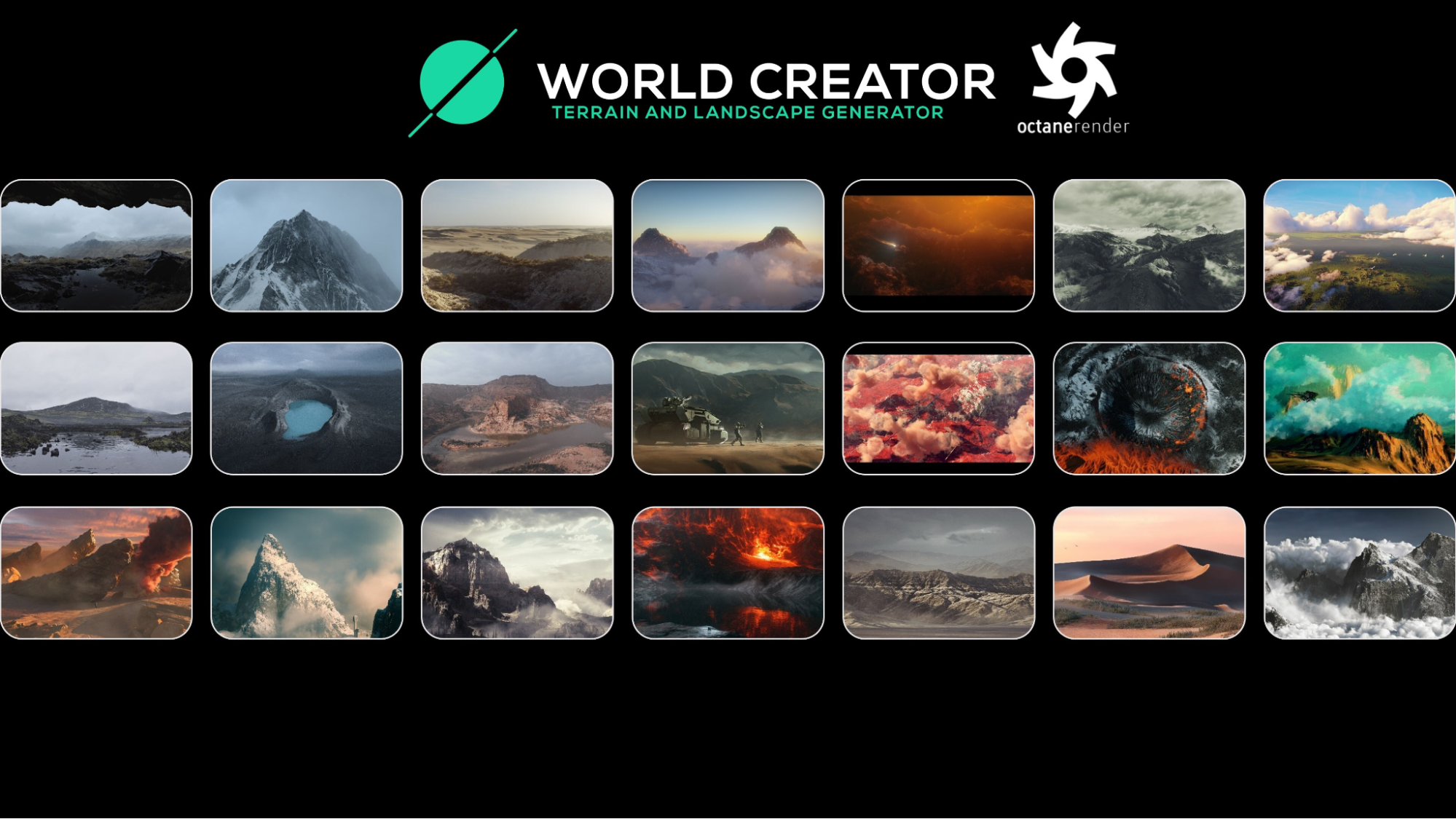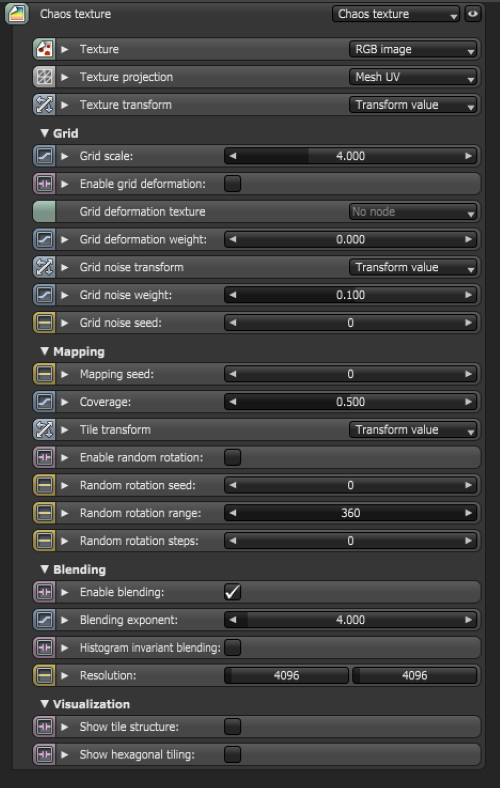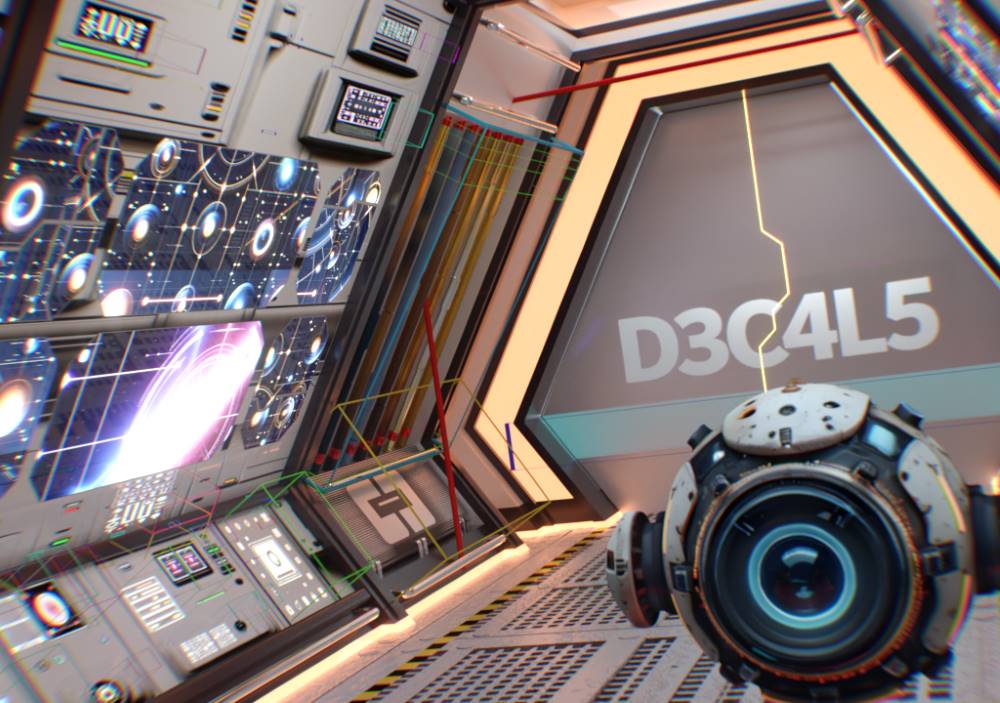LOS ANGELES, CA – November 28th, 2024
Artists love it, we know it, and we’re meeting the moment once again: The OctaneStudio+ 2025 Black Friday bundle is back – just €15.99 / month (annual license only) – featuring a full-year subscription to Greyscalegorilla Plus – the ultimate library for materials, textures, HDRIs – AND – up to €200 in Render Network credits to access unlimited GPU compute power for cloud rendering using Octane, Redshift, C4D and Blender plus new VFX generative neural workflows powered by Topaz AI, RunwayML, LumaLabs, FLUX, Skybox 360, Kling, MinMax and other popular services.

OctaneStudio+ 2025 subscriptions come with unlimited network rendering (up to 10 nodes), over 20+ DCC integrations, a preselected KitBash3D kit, LightStage scan data and full commercial software licenses to MoI 3D, World Creator, Architron, Cascadeur, and Sculptron.

In tandem with today’s initial release candidate of Octane 2025.1, OTOY® is letting users test drive dozens of new features shipping in next year’s major Octane update: Meshlets, Neural Radiance Caching, path traced gaussian splatting, procedural real time texture displacement, trace sets, built-in Material X support and generative neural workflows within the Octane node graph.

Greyscalegorilla Plus Annual Pass
OTOY’s Black Friday bundle offers OctaneStudio+ artists one last chance to get up to a full year subscription to the industry’s ultimate library for materials, textures, HDRIs, tutorials, plug-ins and more – an incredible value. (Limited time offer on annual subscriptions only, redeemable before 1/31/25 on new Greyscalegorilla Plus subscriptions and returning Black Friday customers only).

The Render Network
All OctaneStudio+ subscribers get priority access to near unlimited decentralized cloud GPU rendering power on the Render Network with integrations for popular 3D, VFX and ML jobs in one artist centric workflow
-
OctaneStudio+ subscriptions come with up to €200 in free Render Credits to try harnessing unlimited compute in your rendering pipeline today – with €100 in Render Credits to use before the end of 2024, and an additional €100 Credits to be provided in 2025 for artists that use the majority of their €100 credits in 2024.
-
New native Cinema 4D file support, Redshift for C4D support, and a Render Network Cinema 4D wizard enables artists to submit jobs to unlimited high performance GPUs directly from C4D, with an easy to use, artist friendly scene checker. Learn more about all the powerful new features on the Render Network today.

-
Render Network jobs using Flux by Blackforest Labs, Dream Machine by Luma Labs, Runway ML and others are available starting today using Render Credits, with more coming soon: AI upscaling tools by Topaz Labs and Skybox 360, an innovative text-to-360 8K HDRI image generator and a python-based launcher built to frictionlessly send Generative neural jobs to thousands of concurrent GPUs on the Render Network.
Render Network jobs generated from within Octane Standalone:

KitBash3D for Octane
Receive KitBash3D’s Special Edition Soviet Blocks Kit for free with your Black Friday annual subscription (redeemable until 12/31/2024 via coupons through the KitBash3D store).

World Creator
-
The latest version of the incredible GPU-powered terrain and landscape generator is available to all OctaneStudio+ subscribers and supports custom ORBX export and live linking. Black Friday customers receive a one year full commercial license.

MoI 3D
-
The industry’s leading intuitive, hard surface 3D modeling software, used in conjunction with Octane for years – is included with all subscriptions, with improved integration in Octane 2024. (See Paul Chadeisson’s beautiful MoI 3D + Octane work above!).

Cascadeur
-
The breakthrough AI driven animation and physics animation system for creating physically accurate animations for games and movies without using motion capture technology.

LightStage MetaFace and MetaBody Scans
-
Newly updated, OTOY’s Academy Award-winning digital human scans feature original LightStage data for hundreds of human faces, bodies, and expressions with retopologized meshes. This year’s scan bundle will feature 5 new LightStage heads and 8 MetaBody scans, with more to come!

Architron
-
Architron (based on LWCAD) is a Polygonal, NURBS & Boolean modeling creation tool for advanced interiors, exteriors, and architectural visualization in C4D and other DCC packages.

Vectron Ultimate VFX Bundle – from Machina-Infinitum
-
Vectron Fractal tutorials, tools, and formulas by Machina Infinitum for next-gen generative rendering pipelines – all you need for creating procedural worlds, abstract shapes, looping animations and surreal environments. Vectron Boole offer boolean combinations between SDF and Vectron while Vectron Tools provides a wide range of new OSL cameras and generators.

LightWave & Octane Special Offer
-
Black Friday Studio+ subscribers get a £50 coupon code on Lightwave subscriptions.
Octane 2025 Features

What’s new in Octane 2025.1
- New Spectral Camera LensFX: Matches the physically accurate measured effects of real world cameras lenses
- Rest Attributes: Support for rest attributes on meshes with animated vertices
- New Vectron Texture Displacement: Support for texture displacement in Vectron and Volume SDF nodes
- New Chaos Texture System: Overhauled the Chaos texture node with a number of new features and attributes
- Native Decal Support: New system in core to support easy and efficient placement of surface decals on geometry
- Render Network Integration in core: The Render Network web service and UX is now available in core as a native window panel
- Metal-RT Major speed and memory improvements to hardware acceleration on Apple M3 and M4 devices with scenes using non-triangle geometry
- Speed/Quality Volume Rendering Slider: Increasing this value means the performance will be boosted and the rendering quality will get degraded as a result, but the balance can now be tuned by the user
- 11 New blend modes for output AOV layers
New Spectral Camera LensFX
An all new realistic lens camera produces aberrations and other effects similar to real glass camera lenses, including: bokeh, optical vignetting, chromatic aberration, and Lens imperfections such as soft focus, soft edges, and barrel distortion. Realistic lens simulation in Octane 2025.1 comes with a library of iconic lenses from Angénieux, Zeiss, Canon, Nikon, Cooke, Schneider, SMC Takumar, Kodak, Petzval, Minolta, Asahi, and more.



Rest Attributes

Rest position attributes remove texture shifting/distortion when using a texture projection that is not UV mapped (no UVs on the mesh) on a mesh with animated vertices. When enabled, the projections will use rest vertex positions and normals to calculate the UVW coordinates. Rest attributes don’t change during the animation so the texture mapping remains consistent.
Vectron Displacement

A new Vectron displacement node lets you displace a Vectron or a Volume SDF with an input texture in real time, at any scale, and is compatible with complex SDF trees or Mesh Volume SDF. You can also use a field texture to limit the area of action.
Render Network Browser

The Render Network web service and UX is now available in core as a native window panel in Octane. You can dock the new Render Network browser like any other work pane or keep it in a separate window and check your uploaded scenes and render jobs directly from Octane.
Improved Chaos Texture Nodes

Chaos texture has been updated to support projection types other than Mesh UV with powerful new grid, mapping, blending, and visualization features, enabling more granular control of noise and randomization functions inside Octane.
Decals

New decals enable artists to project textures onto surfaces in Octane, adding visual details like dirt, damage, or patterns without altering the underlying geometry.
Improved Hardware Acceleration on Apple M3 and M4 GPUs

Octane 2025.1 improves support for hardware acceleration available in Octane 2024.1 on Apple M3 and M4 GPUs by adding support for non-triangle primitives such as hair, particles, texture displacement, and analytic lights. This means that scenes that use non-triangle geometry will be also able to leverage raytracing hardware acceleration, with 1.5x speed gains in many scenes.
See the full Octane 2025.1 features here.
Early Access to the next version of Octane

New Features in Octane 2026.1 Alpha
With today’s concurrent release of the initial alpha preview of Octane 2026.1 (alongside Octane 2025.1), OTOY® is letting users test drive dozens of new features shipping in next year’s major Octane update:
- Meshlets: streaming massive scene geometry assets adaptively from disk, like Unreal Engine Nanite, but for Path Tracing
- New bufferless virtual textures:adaptively streaming massive Gigapixel-scale textures directly from disk
- Full path traced GPU rendering of gaussian splats: Neural objects can be implemented on top of this system
- New live texture shader based texture displacement: no need to bake textures for pre-pixel texture displacement
- Full support for trace sets: named objects or nodes can include/exclude other objects or scene data from within any shader or object node graph
- Neural Radiance Cache System: adaptive neural network at runtime significantly reduces noise on first pixel
- Native support for MaterialX
- Neural Rendering Modules and Nodes (experimental): Launch ML and Neural Filters locally or through the Render Network with integrated local and remote neural rendering within the Octane Node Graph.
Meshlets
Meshlets enable Octane to render massive detailed geometry that streams adaptively from disk as needed, without needing to load the model in GPU or CPU memory. It works similar to “Nanite” in Unreal Engine by adaptively choosing a not too fine and not too coarse level of detail for different parts of a mesh – depending on what is visible in the render.
Path Traced 3D Gaussian Splatting
Octane 2026.1 enables artists to render Gaussian Splat radiance field volumes using Octane’s physically accurate GPU accelerated path-tracing. Gaussian Splatting in Octane can be used to capture complex real time lighting effects such as reflections and refractions, that change depending on the viewing angle, with ultra realistic lighting and shadows.
Octane supports loading .PLY files that contain gaussian splatting data from leading Gaussian Spatting tools from LumaLabs, Poly Cam and NeRDF Studio.
Neural Radiance Cache System
Octane 2026.1 Alpha features a new Neural Radiance Cache rendering system, which uses a neural network at runtime for faster gathering on indirect lighting, which combined with Octane path-tracing, dramatically accelerates rendering performance to near real time speeds.
Virtual Streaming “Bufferless” Textures
New Virtual “Bufferless” Texture Streaming in Octane intelligently manages on demand streaming of textures from disk as they are rendered in camera, enabling artists to create scenes with extremely high texture resolution (in the many billions of pixels) without worrying about running out of GPU memory.
New Real Time Per-Pixel Texture Displacement
Octane’s per pixel texture displacement system is being given a complete overhaul, eliminating the need for texture baking for per pixel displacement mapping. The quality of the displaced surface, especially with high frequency input data has been much improved. It is also now possible to use OSL textures directly with texture displacement.

Trace Sets

Trace Sets enable artists to isolate geometry from other objects, providing granular controls for managing shadows and reflections across objects in a scene, reducing rendering times for unnecessary shadows and reflections in complex scenes.
Exclusions can also optionally apply to multiple bounces rather than just the next one. This allows separate control of direct and indirect visibility after a bounce. Excluded trace sets can be manually re-included in later bounces.



Native MaterialX integration

Octane 2026.1 features support for native MaterialX nodes and for importing from `.mtlx` files, increasing interoperability and compatibility between Octane’s GPU path tracing rendering and other 3D graphics pipelines.

Sub-graphs with customized interfaces inside Material X graphs, are imported into Octane as node graphs:

Octane Server

OctaneServer allows you to render any setup in your scene on a remote instance of Octane Standalone. You can then use the result as an AOV or a texture as an experimental feature you enable in Preferences.
Modular Neural Rendering Integrations

A new Octane Module allows users to run the latest AI text to image generators directly from inside the Octane interface, featuring the latest models developed by Luma Labs, Blockade Labs, Kling AI, Stability AI, Blackforest Labs, Topaz Labs, Fal AI, Rodin AI, Open AI, and Comfy UI. A new python-based launcher is being designed to enable artists to frictionlessly send Generative AI jobs to the Render Network, providing a seamless platform for combining AI and 3D creation pipelines in one workflow.

Neural Node Graphs
A new Octane Neural Generator Node further enables artists to create images, data and other assets from arbitrary parent node graph input. Multiple neural models and frameworks are being added as modules both for local and remote processing (via the Render Network).


The new features in today’s first public release candidate of Octane 2025.1 and Octane 2026.1 alpha are available to users alongside the latest stable release of Octane 2024 which includes:
New Post FX Shader Graphs with Texture Nodes / OSL in the AOV compositor

Powerful Denoise AOV Nodes and Filter graphs (for both GPU and CPU)

New denoise AOV nodes – adapted to OctaneRender from the Open Image Denoise framework – are now supported on both GPU / CPU and can be used to denoise any render AOV, creating powerful and granular denoising filters in any composition AOV output graph. These include per light / per beauty pass denoising as well as OSL driven denoising effects. They also work with the PMC and info kernels as well as all AOV outputs.
Ray-Tracing Hardware Acceleration Speedups on Apple M3 and M4

Octane X 2024 features natively optimized GPU ray tracing hardware acceleration for next generation Apple GPUs achieving 2x to 12x(!) speed gains in heavily instanced scenes (results vary per scene).
New Geometry Pipeline with Less Memory and Better Performance
Octane 2024 stable versions features a refactored geometry pipeline, to speed up rendering, reduce the memory usage, and unify geometry data on different platforms. A unified memory layout between macOS and Windows/Linux, allows mixed platform network rendering across both compute platforms. With network rendering enabled you can add a Windows render node with an NVIDIA GeForce RTX 4080 to the Apple M1 Max, leveraging the performance of multiple GPU architectures for the first time.
Subscribe to OctaneStudio+ today to take advantage of the most powerful suite of Octane software and services we’ve ever released, with up to €200 in Render Credits to leverage near unlimited decentralized GPU rendering power on the Render Network.
About OTOY Inc.
OTOY Inc. is the definitive cloud graphics company, pioneering technology that is redefining content creation and delivery for media and entertainment organizations around the world. OTOY’s Academy Award®-winning technology is used by leading visual effects studios, artists, animators, designers, architects, and engineers, providing unprecedented creative freedom, new levels of realism, and new economics in content creation and distribution powered by the cloud. For more information, visit www.otoy.com.
Additional Resources:
- Read more about The Render Network.